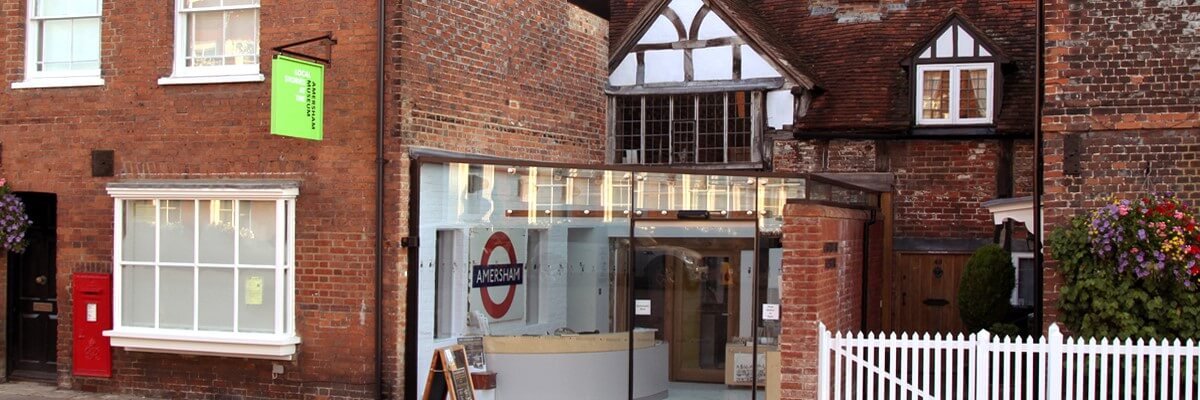Click here to see extracts for Amersham from “The Buckinghamshire Posse Comitatus 1798” edited by Ian F W Bennett. (Buckinghamshire Record Society No 22, 1985)
The Posse Comitatus, or civil power, was a survey of all men capable of acting in a military capacity who were neither Quakers, nor clergymen nor already serving in a military unit. Men between the ages of 15 and 60 were included. In addition, the number of horses, wagons and carts available were surveyed. It was prepared to assess the potential availability of military preparedness in the event of invasion by France. By the late 1790s, France controlled, or was allied with, much of continental Europe.
The surviving records for the Bucks Posse Comitatus are among the most comprehensive for any county. The Posse Comitatus, which pre-dated the first census (1801) by three years, is a source of information on the names and numbers of males between the ages of 15 and 60, and their occupations.
A copy of the book is available online. However, it’s not that easy to see all the entries for Amersham at the same time, as information about Amersham is in a number of different places in the book. Amersham in 1798 seems to have consisted of four parts and Chesham Bois has been added to this record:
- Amersham/Amersham Town
- Amersham Woodrow, presumably the area around Woodrow High House
- Amersham Woodside, which seems to have included Shardeloes
- Amersham Franchise which seems to have included the Old Rectory and the brewery, and possibly the Market Square.
- Chesham Bois
The Posse Comitatus did not include women in the head count, although some women were shown as owning draught horses, wagons or carts. As the author on the Records of Bucks 1985 publication on the Posse Comitatus, Ian Beckett, states when considering the PS as a social document “The main posse .. does not include the female population (55,350 in 1801) although a few women are listed as owning horses, wagons and carts … This omission … tends to present an unbalanced picture of the county’s economy at the time since the largest trade (lace-making) was overwhelmingly a female occupation.”

